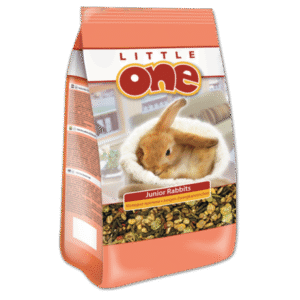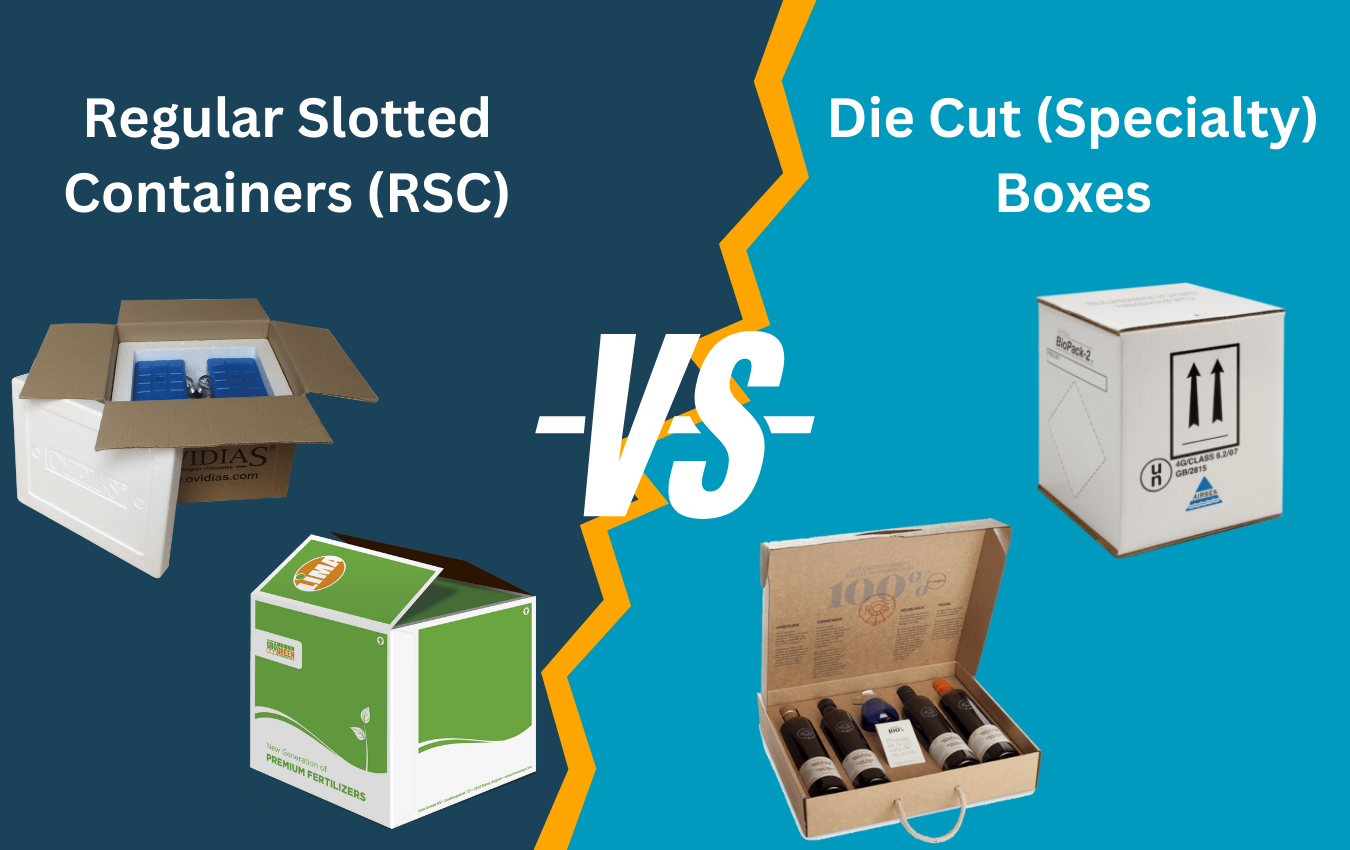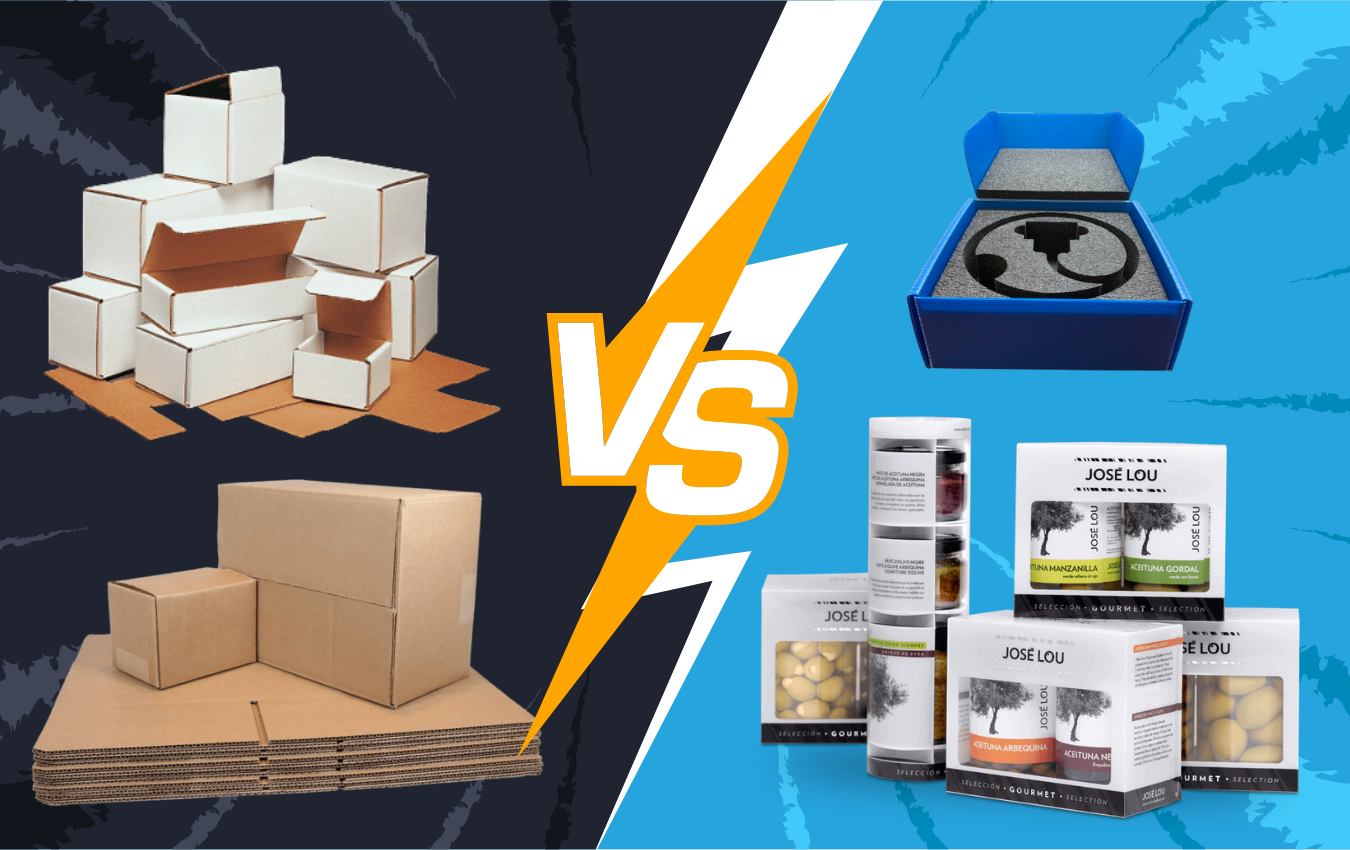Home » Sustainable Packaging Options for the Pet Industry
Sustainable Packaging Options for the Pet Industry
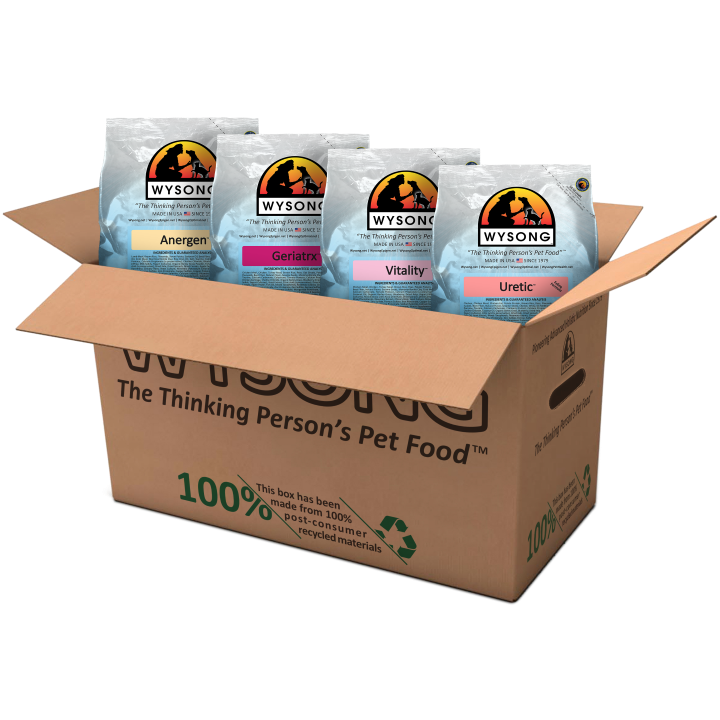
Sustainability in pet product packaging involves balancing environmental impact with functional performance. Materials must protect against moisture, oxygen, and pests while also meeting recyclability or compostability goals. Choosing the right approach requires a clear understanding of available technologies, regulatory compliance, and supply chain realities.
Recyclable Mono-Material Films
- Description: Flexible packaging made from a single resin type (e.g., all-PE or all-PP).
- Benefits:
- Compatible with store drop-off or curbside programs in certain municipalities.
- Eliminates the separation challenges of multi-material laminates.
- Limitations:
- Lower barrier properties compared to foil or metallized films unless enhanced with coatings.
- May require thicker gauges for equivalent performance.
Post-Consumer Recycled (PCR) Content
- Description: Packaging that incorporates recycled resin from consumer waste streams.
- Benefits:
- Reduces reliance on virgin plastic.
- Demonstrates brand commitment to circular economy principles.
- Limitations:
- Variability in resin quality can impact clarity, seal strength, and barrier.
- Regulatory restrictions for direct food contact in some markets.
Compostable Films
- Description: Materials derived from plant-based sources (e.g., PLA, starch blends) designed to break down in industrial composting conditions.
- Benefits:
- Reduces landfill waste when properly disposed.
- Appeals to eco-conscious consumers.
- Limitations:
- Requires access to industrial composting facilities (rare in many regions).
- Lower mechanical strength and shorter shelf life than conventional films.
Paper-Based Pet Food Packaging
- Description: Multiwall kraft paper bags with or without barrier liners.
- Benefits:
- Widely recyclable in paper streams when unlined.
- Strong consumer perception of sustainability.
- Limitations:
- Requires additional barrier layer for moisture or grease resistance.
- Lower tear resistance than woven poly or laminated film.
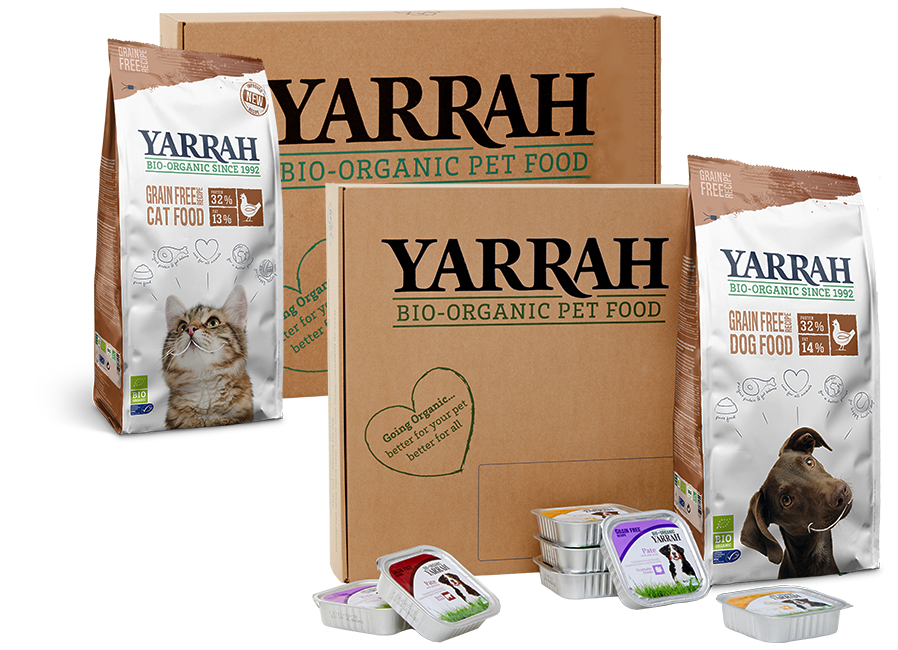
Bio-Based Plastics
- Description: Plastics derived from renewable biomass sources such as sugarcane ethanol-based PE.
- Benefits:
- Reduces carbon footprint compared to petroleum-based resins.
- Matches performance of conventional PE in many applications.
- Limitations:
- Availability and cost can be volatile.
- Does not inherently solve end-of-life recycling challenges.
Performance and Testing Considerations
- Barrier Testing: ASTM F1249 for WVTR and ASTM D3985 for OTR confirm material suitability.
- Seal Strength: ASTM F88/F88M ensures structural integrity.
- Life-Cycle Analysis (LCA): Quantifies environmental trade-offs of each packaging option.
References
ASTM International. (2013). ASTM F1249-13: Standard test method for water vapor transmission rate through plastic film and sheeting using a modulated infrared sensor. ASTM International. https://doi.org/10.1520/F1249-13
ASTM International. (2010). ASTM D3985-10: Standard test method for oxygen gas transmission rate through plastic film and sheeting using a coulometric sensor. ASTM International. https://doi.org/10.1520/D3985-10
Sustainable Packaging Coalition. (2023). Sustainable materials and design strategies. https://sustainablepackaging.org
RSC boxes are known for their efficiency and versatility, but their performance ultimately comes down to strength. Buyers often see numbers like ECT, BCT, and burst strength on specifications —
In packaging, foam isn’t just about initial protection — it’s about maintaining performance over the entire shipping or storage cycle. Compression set and recovery characteristics determine whether foam continues to
Pouches are a go-to for flexibility and convenience, but they can fail in critical ways—from poor seals to punctures and delamination—that hurt performance and brand reputation. Understanding these failure points
In the retail environment, the placement of Point of Purchase (POP) displays is just as critical as their design and content. Strategic positioning can significantly influence consumer behavior, increase product
Home » Sustainable Packaging Options for the Pet Industry


